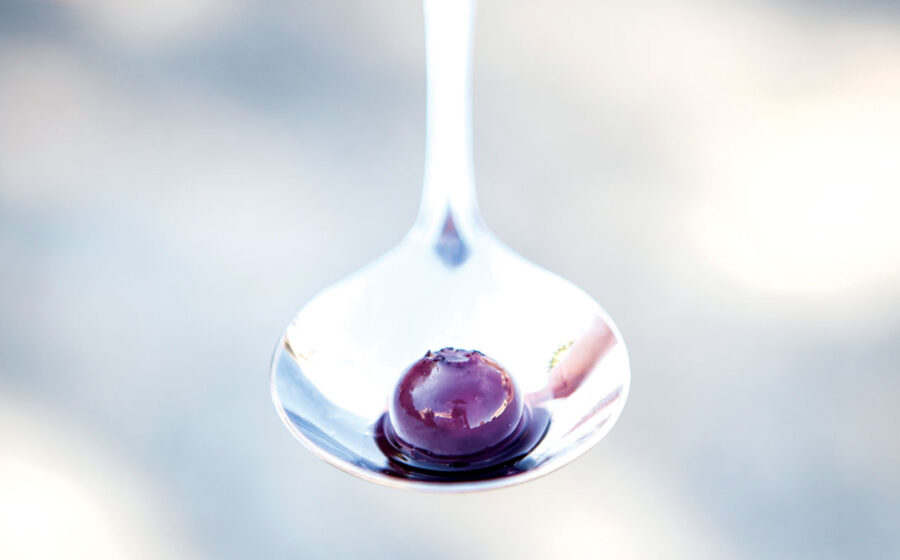[W]hen you sip a coffee that has a taste of blueberries in it, what exact flavor are you thinking of? Is it fresh, plump fruit, or dried? Is it the taste of jam or that bit of blueberry baked to the side of a muffin wrapper? Or is it an amalgam memory of hundreds of blueberry experiences? Does it depend on the coffee?
If you’re tasting a coffee that’s part of a sensory analysis using the Coffee Lexicon recently developed by World Coffee Research, then the flavor blueberry means canned, whole blueberries, in a light syrup made by Oregon Specialty Fruit. If the flavor doesn’t match that definition, then you’re not tasting blueberry; you’re experiencing one of the other 108 attributes defined by the Coffee Lexicon.
The Lexicon, which World Coffee Research unveiled at the SCAA Symposium in April, was developed as part of the first steps in its research to create a new generation of coffee varietals. Every breeding program in coffee’s history focused strictly on yield and disease resistance. WCR’s makes quality a major goal for its plants. To know how to breed desirable quality traits into a plant, they need to have a way of measuring the attributes of the coffees produced by the plants in their breeding set.
Soon the Lexicon won’t be confined to strictly scientific settings. WCR hopes to publish it online by the end of the year where it will be available to everyone.
Normal cupping regimens provide a great sense of the quality of a coffee but are limited by the tasters’ perceptions and descriptions. The sensory descriptive panels that use the Lexicon, in contrast, don’t judge whether the coffee is good. Rather, they discover its attributes and then set the intensity of each of those attributes on a fifteen-point scale. So not only does an analysis say that a coffee tastes like grain, it says that the flavor hits at level eight intensity. In a lab setting like the one used by WCR at its home base at Texas A&M University, a multi-person panel, which was trained in the Lexicon for more than six months, has access to essentially a pantry of reference flavors and aromas. This allows the panel to resolve the distinction between close flavors like apple and pear and determine the intensity of an attribute. When the panelists have finished their analysis, they come together to create a consensus report. (A full analysis of six coffees takes a trained team two hours.) Because the attributes are strictly defined, their results should be the same as those of another trained panel in another location.
As WCR analyzes the coffees from plants in its program, it hopes to determine the molecular compounds that create certain attributes and then, more importantly, trace those molecules to genes in the coffee’s DNA. While its possible they could find genes that produce specific flavors like blueberry, Tim Schilling, the group’s executive director, expects they’ll first trace negative characteristics to suspect genes. Those discoveries are still many panels and years away.
The new analysis system has already been used in research, forming a critical part of Coffee Relief Services’ ongoing Colombia Sensory Trial comparing caturra and the new castillo varietal. While cupping showed the two varietals scored very closely, the panels found that though the two presented the same attributes, thirteen of those attributes showed significant differences in intensity. That information would not have been discoverable before.
Soon the Lexicon won’t be confined to strictly scientific settings. WCR hopes to publish it online by the end of the year where it will be available to everyone. How exactly the Lexicon could be used outside of a lab isn’t really known. At the Roaster’s Guild retreat in August, WCR presented the Lexicon, showed the results of an experiment on roast levels using the panels, and demonstrated a sensory analysis to an overflowing audience. “People understood how it was different, what was not obvious was, ‘And this is how I’ll use this in my business,’” says Hanna Neuschwander, WCR’s communications director. That sense of unknown potential itself is exciting, she says. “We think we should release it into the wild and see what happens.”
—Cory Eldridge is Fresh Cup’s editor.














